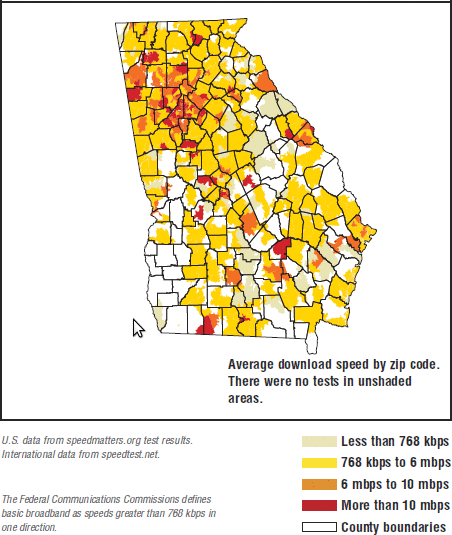 Moore’s Law for solar is about decreasing price per Watt,
or more Watts per dollar.
Here’s an example of a common confusion, to think it’s about efficiency:
Moore’s Law for solar is about decreasing price per Watt,
or more Watts per dollar.
Here’s an example of a common confusion, to think it’s about efficiency:
“The curve will obviously become asymptotic at some point, ie,. the rate of improvement will flatten out, so we end up with a sort of squashed “S” shape curve, because you can’t get more than 100% efficiency — 36 watts/m2 or so.”
And indeed efficiency probably will flatten out soon. But it’s not solar efficiency that’s improving by Moore’s Law: it’s price per watt. That can keep improving for a long time.
Here’s an example of decreasing price. Scott Detrow wrote for NPR 23 December 2012, Forget Fracking: 2012 Was A Powerful Year For Renewables,
“Just to give you perspective,” Resh said, “in Washington, D.C., where I live, when I installed solar on my house six years ago, the average install cost was about $14 a watt. Today it’s about $4 a watt.”
Here’s another comparison, this one just for solar panels.
 In 2005 the first set of solar panels we got cost $670 each
and produced 170 Watts DC each, or $4.94/Watt.
In 2011 our second set of solar panels cost $562 each
for 235 Watts DC each, or $2.39/Watt.
That’s more than 50% price decrease for solar panels in six years.
(I can’t compare inverters or support structures directly,
because those were sized so differently, but those have also
come down in price, helping lower the overall install cost).
In 2005 the first set of solar panels we got cost $670 each
and produced 170 Watts DC each, or $4.94/Watt.
In 2011 our second set of solar panels cost $562 each
for 235 Watts DC each, or $2.39/Watt.
That’s more than 50% price decrease for solar panels in six years.
(I can’t compare inverters or support structures directly,
because those were sized so differently, but those have also
come down in price, helping lower the overall install cost).
| Year | price /Watt | price /panel | Watts /panel | Dimens. | square inches | Watts /100 sq in. | Model |
|---|---|---|---|---|---|---|---|
| 2005 | $4.94 | $670 | 170W | 50×39″ | 1950 | 8.7 | KC 170 |
| 2011 | $2.39 | $562 | 235W | 39.1×64.6″ | 2525 | 9.3 | Sharp ND 235 QCJ |
| 2012 | $1.32 | $310 | 235W | 39.1×64.6″ | 2525 | 9.3 | Sharp ND 235 QCJ |
Meanwhile, the Watts per surface area hardly changed, from about Continue reading






